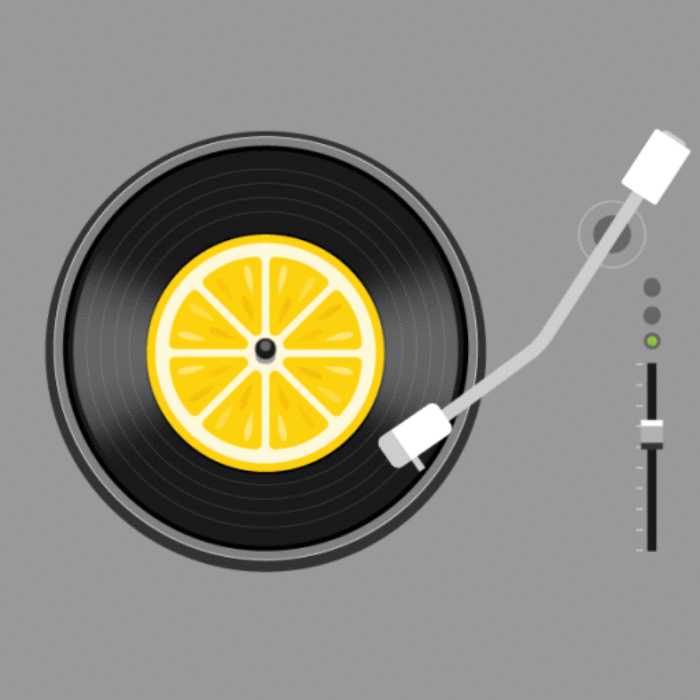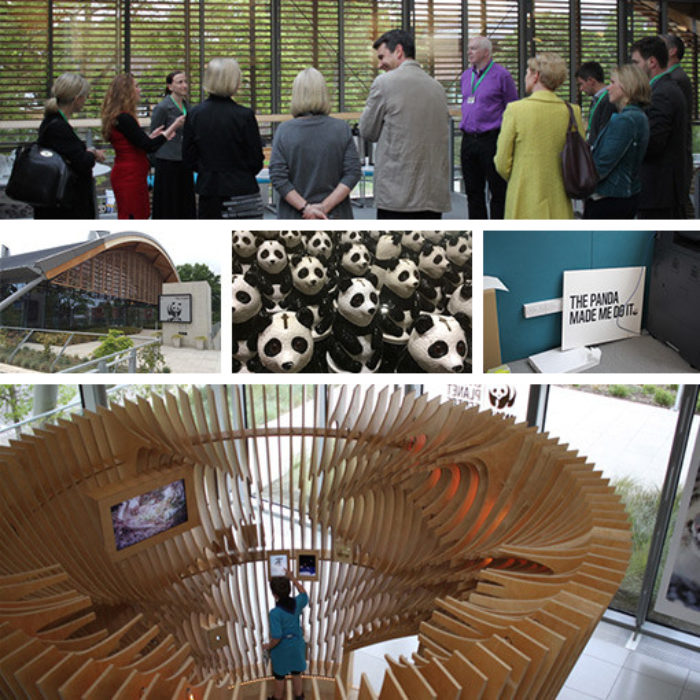Being a human organisation (part 7): Embrace a diversity of ideas
Welcome to part seven of this nine-part series on how to be a more human organisation. In previous articles, we’ve looked at how Human Organisations understand people and our social nature, the need for a shared purpose, and the importance of having creative intelligence…
Now, let’s examine the value of being open to a diversity of ideas. And where better to start than with 19th Century polymath John Stuart Mill?
“It is hardly possible to overrate the value… of placing human beings in contact with persons dissimilar to themselves, and with modes of thought and action unlike those with which they are familiar.”
John Stuart Mill, philosopher and politician
In other words, a key characteristic of the human organisation is openness to a diversity of ideas as well as a diversity of identities. A diversity of ideas triggers innovation and opens new opportunities. In fact, failure to be open to a diversity of ideas can lead to fixed beliefs that can challenge a company’s survival. That’s one of the reasons for the great recession of 2007/8. If workplaces become echo chambers, they become victims of confirmation bias, and only open to ideas that reinforce erroneous views.
Open your thinking
Directors of businesses now need to make a decision: proudly plough their furrow, confident that they are smart, right and self-sufficient, or deliberately open their thinking to external challenge.
On which topic, here are three facts from Matthew Syed’s brilliant book Rebel Ideas1:
- 43% of companies in the Fortune 500 were founded or co-founded by immigrants or the children of immigrants (citing a study published in December 2017).
- A review of 2 million patents issued by the US since 1975 found that teams are dominant in all 36 categories (citing Brian Uzzi, Kellogg School of Management).
- Scientific papers with the most impact combine disciplines (citing a study of 17.9m publications across 8,700 journals).
Diversity of ideas and diversity of race or gender are not necessarily the same. Social scientist Scott E. Page of the University of Michigan draws a distinction between what he calls ‘cognitive diversity’ – thinking differently from each other – and ‘identity diversity’. On the other hand, race, culture or gender often carry an inherent diversity of thinking. Either way, the key is to embrace an outsider mindset.
Identify key attributes
Global investment company Baillie Gifford is an example of how to turn this principle into practice.
“We don’t think an in-depth knowledge of financial theory is a prerequisite to working here: we can teach that. What we can’t teach is intellectual curiosity – a desire to understand how the world works – and that’s the key attribute we’re looking for.”
Will Sutcliffe, Head of Emerging Markets, Baillie Gifford
Baillie Gifford recruits from diverse disciplines, including from the world of music. Its website interview with music graduates explains the reasoning:
“Music is hugely intricate. You’re simultaneously aware of a horizontal melody, vertical harmony and depth of timbre, all of which can only exist through a fourth dimension of time via rhythm and meter. In practice, students of music are looking for patterns in something that is multidimensional and complex. It’s not a coincidence that musicians tend to be quite good at abstract reasoning.
“How does this help with our day jobs in investing? Musicians naturally look both at the detail and at the big picture, synthesising the ‘macro’ with the ‘micro’. It helps as we make sense of passing trends alongside structural changes such as those in technology or consumer behaviour… Take for example ‘pivot chords’, which are chords that simultaneously make sense in both the current key and the future one. With the pivot chords as our mental model, it’s easier to conceptualise change in businesses.”
Create ideas teams
A ‘skunkworks’ is a loose group of people set up outside traditional organisational structures, purely to innovate, and with the aim of working on projects that make people say “wow!”.
The term comes from a Lockheed Martin project set up in 1939 that led to the world’s first operational jet fighter. That original ‘Skunk Works’ was established in a circus tent next to a smelly factory, which reminded the team of a moonshine factory in the L’il Abner comic strip called the ‘Skonk Works’. What kind of ‘skunkworks’ team could your organisation implement, and who would be part of it?
Get started
I’ll finish with four quick tips to help you begin tapping into a diversity of ideas:
- Make it OK to challenge accepted ideas.
- Recruit for cognitive diversity as well as identity diversity.
- Tune into external idea hubs.
- Ask and reward disruptive questions.
As discussed above, this is part seven of a blog series on the characteristics of the human organisation. While you wait for the next instalment, read all nine by downloading our report: The Human Organisation
And if you want a chat about how to make your organisation more human, and how to future-proof your business, drop me a line at John.Drummond@CorporateCulture.co.uk
Sources
- Rebel Ideas, Matthew Syed




